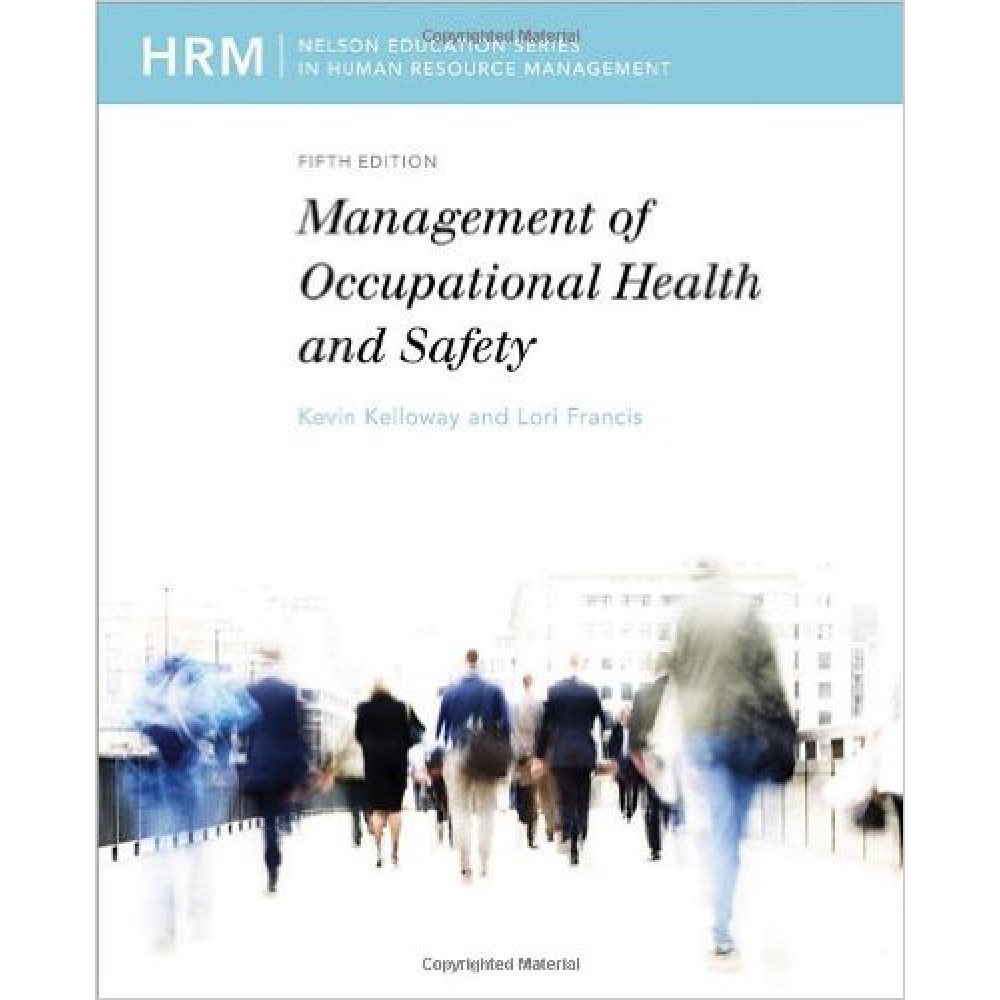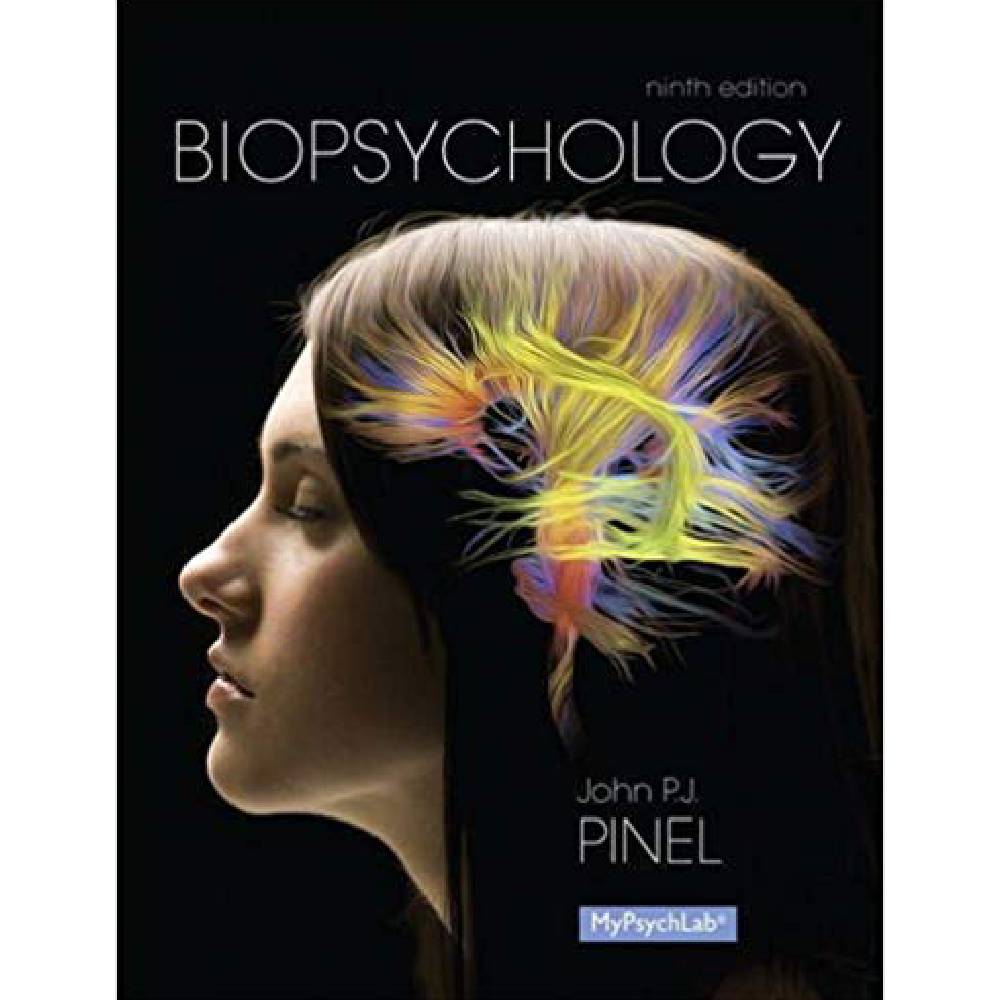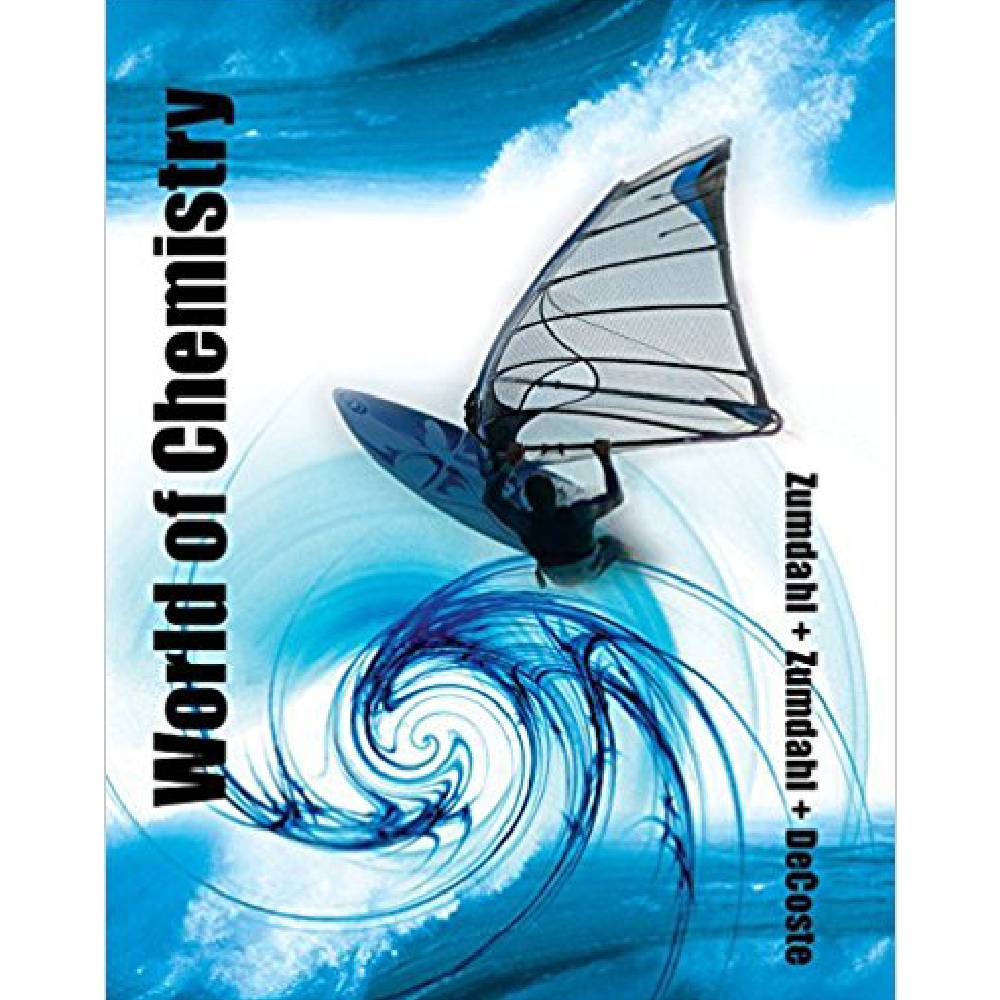World Of Chemistry 3rd Edition By Steven S. Zumdahl – Test Bank
$55.00
World Of Chemistry 3rd Edition By Steven S. Zumdahl – Test Bank
You will receive this product within 24 hours after placing the order
World Of Chemistry 3rd Edition By Steven S. Zumdahl – Test Bank
CHAPTER 11: Modern Atomic Theory
1. The distance between two successive peaks or troughs in a wave is called
A. the frequency
B. the wavelength
C. the speed
D. the amplitude
E. None of the above
ANS: B PTS: 1 TOP: Test: Chapter Test
NOT: worldofchem_2013
2. The _____ indicates the number of waves that pass a given point per second.
A. amplitude
B. wavelength
C. frequency
D. speed
E. None of the above
ANS: C PTS: 1 TOP: Test: Chapter Test
NOT: worldofchem_2013
3. The _____ indicates how fast a given peak of a wave moves through space.
A. wavelength
B. amplitude
C. frequency
D. speed
E. None of the above
ANS: D PTS: 1 TOP: Test: Chapter Test
NOT: worldofchem_2013
4. A packet of energy of electromagnetic radiation is called
A. a photon
B. a proton
C. a wavelength
D. a wave
E. None of the above
ANS: A PTS: 1 TOP: Test: Chapter Test
NOT: worldofchem_2013
5. We usually use the term _____ for all forms of electromagnetic radiation.
A. radiation
B. energy
C. light
D. photons
E. None of the above
ANS: C PTS: 1 TOP: Test: Chapter Test
NOT: worldofchem_2013
6. The form of EMR that has more energy per photon than X-rays is
A. gamma rays
B. radio waves
C. microwaves
D. infrared rays
E. None of the above
ANS: A PTS: 1 TOP: Test: Chapter Test
NOT: worldofchem_2013
7. The form of EMR that has less energy per photon than microwaves is
A. microwaves
B. gamma rays
C. radio waves
D. infrared rays
E. None of the above
ANS: C PTS: 1 TOP: Test: Chapter Test
NOT: worldofchem_2013
8. Which color of visible light has the most energy per photon?
A. blue
B. red
C. green
D. violet
E. yellow
ANS: D PTS: 1 TOP: Test: Chapter Test
NOT: worldofchem_2013
9. Which color of visible light has the least amount of energy per photon?
A. green
B. violet
C. red
D. blue
E. yellow
ANS: C PTS: 1 TOP: Test: Chapter Test
NOT: worldofchem_2013
10. The lowest possible energy state of an atom is called its _____ state.
A. ground
B. base
C. neutral
D. excited
E. None of the above
ANS: A PTS: 1 TOP: Test: Chapter Test
NOT: worldofchem_2013
11. Ernest Rutherford’s experiment supported that the atom contains a positively-charged nucleus. Why then does our data show that the electrons are not all crashing into the nucleus? Choose the best answer.
A. Electrons are also positively charged and like charges repel one another.
B. Electrons must all have the same spin and this cannot be accomplished if they are all located in the nucleus.
C. Electrons only exist in their excited states but if a ground state were possible, then they would be located in the nucleus.
D. Electrons only exist in certain energy levels both in the ground state and excited state.
E. All of the above explain why the electrons are not all crashing into the nucleus.
ANS: D PTS: 1 TOP: Test: Chapter Test
NOT: worldofchem_2013












Reviews
There are no reviews yet.